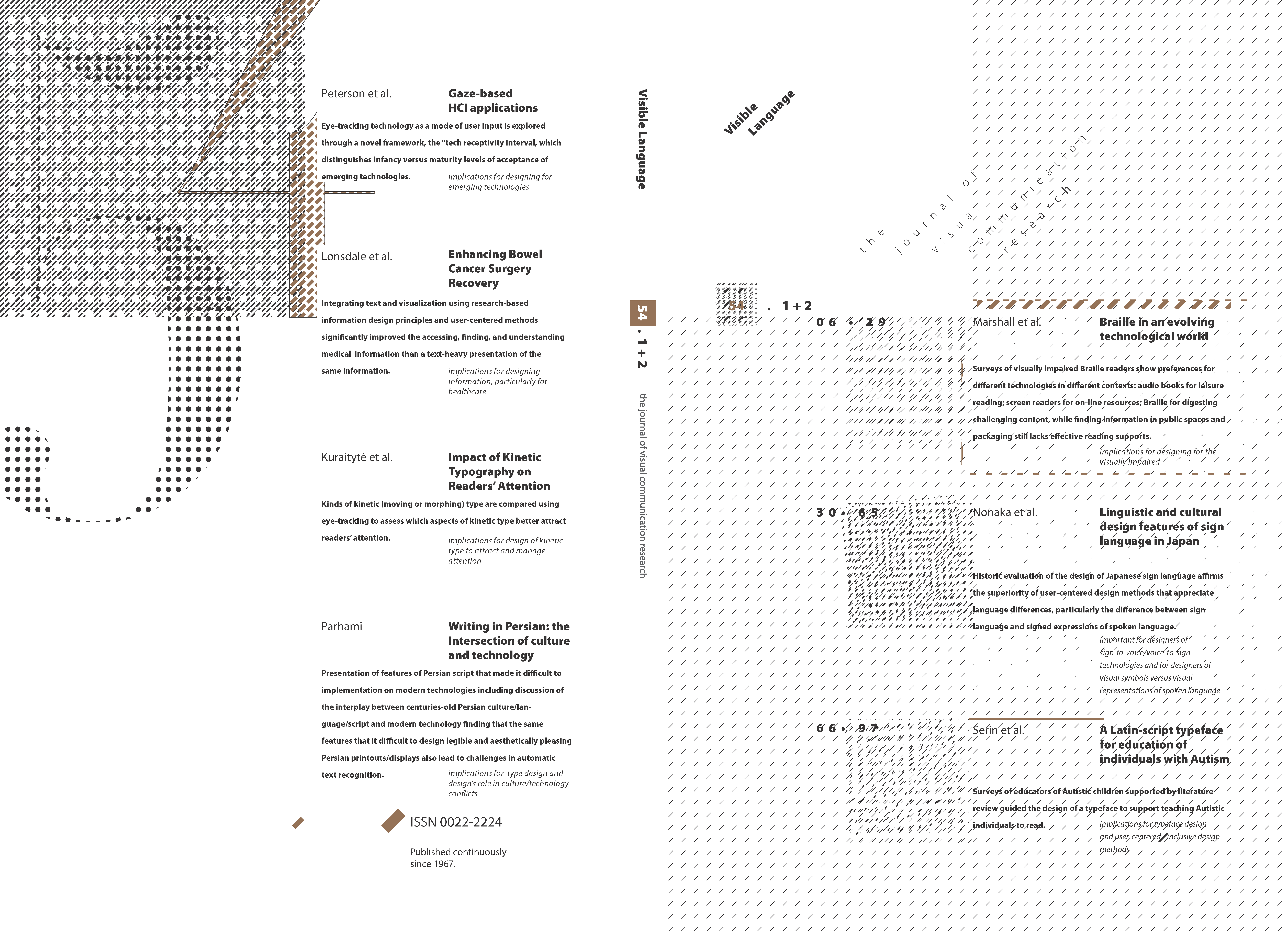Computers and Challenges of Writing in Persian: Explorations at the Intersection of Culture and Technology
Keywords:
Computers, Technology transfer, Culture, Science, Persian language, Sociocultural factors, Legibility, Automatic text generation, Computer industry, Society, Adaptation, Design, Sabbatical leave, Research & development--R&D, Aesthetics, Cultural heritage, IranAbstract
The Persian script has presented some difficulties, ever since printing presses were introduced in Iran in the 1600s. The appearance of typewriters more than a century ago created additional problems and the introduction of digital computers in the late 1960s added to the design challenges. These difficulties persisted, until high-resolution dot-matrix printers and display devices offered greater flexibility to font designers and the expansion of the computer market in the Middle East attracted investments on improving the Persian script for computers. Nevertheless, certain peculiarities of the Persian script have led to legibility and aesthetic quality issues that persist in many cases. In this paper, I enumerate some of the features of the Persian script that made it a poor match to implementation on modern technologies and review the challenges presented by, and some of the solutions proposed for, each new generation of printing and display devices. Before delving into the technical challenges and solutions, however, I discuss the sociocultural significance of the interplay between centuries-old Persian culture/language/script and modern technology, along with associated research problems. Interestingly, the same features that make legible and aesthetically pleasing Persian printing/displaying difficult also lead to challenges in automatic text recognition. I conclude with an overview of current state of the art and areas that still need further work.

